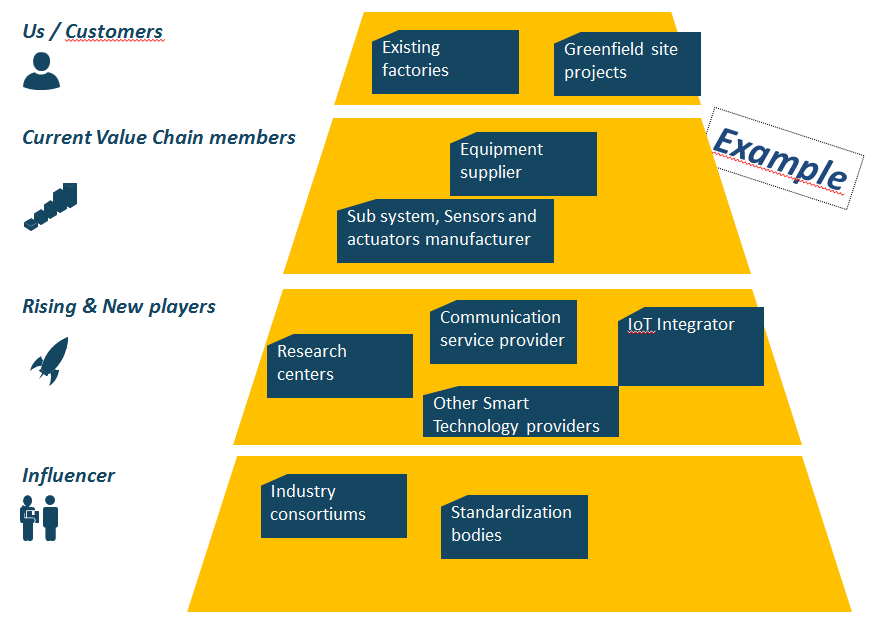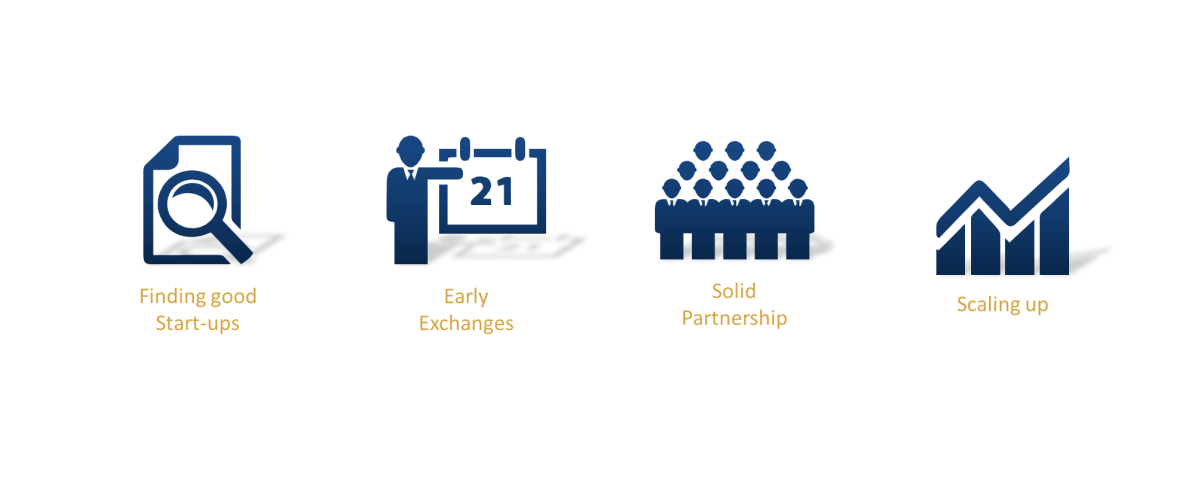Purchasing competencies: where are the gaps between leaders and followers?
by Magali Batoux, EIPM Project Manager
EIPM has been providing its talent assessment tools to individuals and companies since 2004. Thanks to this tool a population of over 15000 active professionals from all over the world have benefited from the assessment. In the present article we look at the performance of Buyers and reveal where the bigger gaps between leaders and followers are.
The Talent Assessment is the first step of the EIPM Blended-Learning Process. This is an online assessment tool available in 9 languages containing a dedicated version for direct and indirect purchasing functions. The tool is composed of 47 activities and 55 skills that allow customisation. All information is handled in a confidential and anonymous way.
For companies, this provides a consolidated and anonymous view of the competency gaps for different groups of jobs and locations throughout an organisation. A group needs to have a minimum of 10 people to ensure the confidentiality of individual results. Such mapping of competencies is used to build training roadmaps. This serves as a foundation for establishing and revitalising purchasing academies and purchasing transformation initiatives. It also offers valuable insights to decide how to provide optimum people development, using a diversity of means such as distance learning, face to face sessions, on the job projects and coaching.
For individuals, the assessment provides feedback on both knowledge (theory) and know-how (practice). It allows benchmarking oneself against the “market average” and the “best in class”. When individuals agree to share it with their managers, this can serve as a powerful basis to develop the right personal development plan. The broad range of skills offered by the tool covers all levels of responsibility within a Purchasing function from Buyers to Purchasing Executives.
Today with data for more than 7000 buyers we can outline where the bigger gaps between leaders and followers are and how an organisation can remedy this.
We have identified three essential skills where major gaps across Buyers exist.
Financial analysis: Companies have been trying to close this gap for many years. It is indeed essential for Buyers to understand the financial health of their suppliers and the financial implications of decisions taken together with stakeholders. This is one skill where a combination of best practices can help. In order to develop individuals in this area, EIPM uses games and engaging simulations to offer a great learning experience to professionals attending a finance class. Building on this, it is recommended to offer short e-learning modules and regular updates to ensure that the knowledge gained is regularly refreshed.
Total value optimisation: Adding value to the business is on the agenda of an increasing number of purchasing teams. This is another area where we see major gaps across the profession. In our experience, educating people can only be accomplished by providing multiple examples from diverse industries. Then, some practical tools can be borrowed from the marketing and the innovation toolbox and taught to buyers. However, to really progress with this skill requires confronting oneself with real applications, projects and other “on the job” activities.
Purchasing levers: A diversity of levers, strategies and tactics should be used by Buyers to deliver the best possible performance to their company. They should excel at choosing the most relevant and effective ones for a given situation. Here we see again significant levels of discrepancy among buyers. Hence, for buyers who tend to use the same purchasing levers over and over again, they must be encouraged to adopt different viewpoints before decisions are taken. They can benefit from coaching sessions where they can be challenged and where different options for a given situation can be investigated.
It is essential for companies to understand where they have competency gaps so they can develop the capabilities of their people. However, to build the foundations for successful Purchasing transformations, much more is needed. First, organisations need to understand what their people will need to excel at in the future. It is one thing for instance to manage stakeholder relationships at a local level but this is much more challenging when you start to operate across different units. Also as more leadership and entrepreneurship capabilities are needed within the Purchasing function, companies need to identify and develop talented people who are agile enough to adapt to different situations.
This article was published on the Feb-Mar 2017 edition of the Italian magazine The Procurement. Subscribe at http://www.theprocurement.it/

Share this:
- Click to print (Opens in new window)
- Click to share on Facebook (Opens in new window)
- Click to share on LinkedIn (Opens in new window)
- Click to share on Twitter (Opens in new window)
- Click to share on Google+ (Opens in new window)
- Click to share on Pinterest (Opens in new window)
- Click to share on Skype (Opens in new window)
- Click to share on WhatsApp (Opens in new window)





